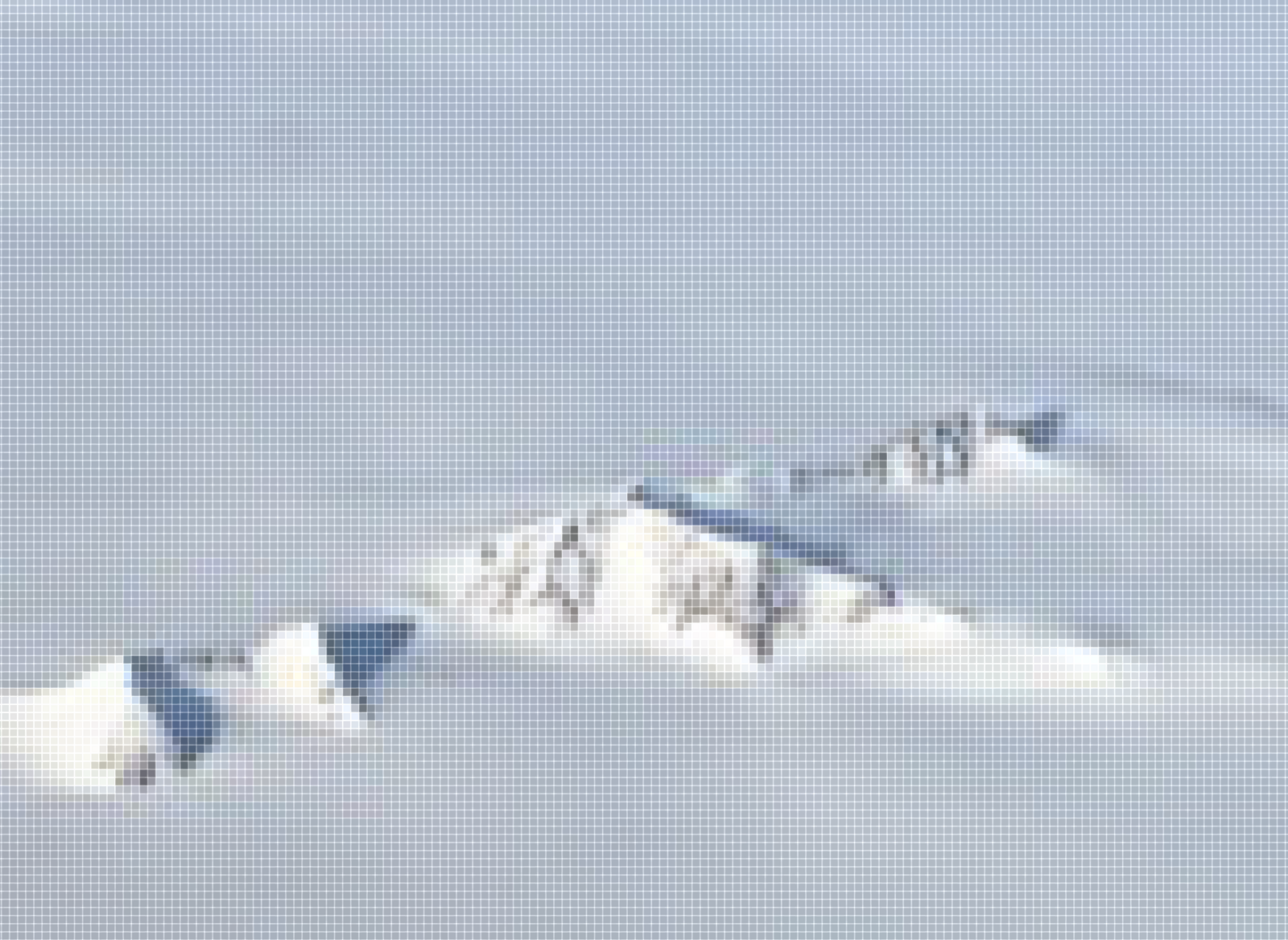Category
Accumulation is a project by e-flux Architecture and Daniel A. Barber produced in cooperation with the University of Technology Sydney (2023); the PhD Program in Architecture at the University of Pennsylvania Weitzman School of Design (2020); the Princeton School of Architecture (2018); and the Princeton Environmental Institute at Princeton University, the Speculative Life Lab at the Milieux Institute, Concordia University Montréal (2017).
- Nick Axel, Daniel A. Barber, Nikolaus Hirsch, and Anton Vidokle Editorial
- Kathryn Yusoff Epochal Aesthetics: Affectual Infrastructures of the Anthropocene
- McKenzie Wark From Architecture to Kainotecture
- T. J. Demos The Great Transition: The Arts and Radical System Change
- Orit Halpern Hopeful Resilience
- Emily Apter Overburden
- Robin Kelsey An Inversion
- Stephanie LeMenager Living with Fire (Hot Media)
- Cymene Howe and Dominic Boyer Redistributions
- Wendy Hui Kyong Chun On Patterns and Proxies
- Hans Baumann and Karen Pinkus Crystalline Basement
- Jennifer Gabrys Becoming Planetary
- Nerea Calvillo Particular Sensibilities
- Hannah le Roux and Gabrielle Hecht Bad Earth
- Ian Gray Damage Functions
- Stephanie Wakefield Anthropocene Hubris
- Nashin Mahtani Torrential Urbanism and the Future Subjunctive
- Gökçe Günel Energy Accumulation
- Kiel Moe Metabolic Rift, Gift, and Shift
- Amanda Boetzkes and Jeff Diamanti At the Moraine
- Bruno Latour Production or Engendering?
- Lindsay Bremner and Beth Cullen Jade Urbanism
- Jennifer Ferng Climatic Privilege and Transnational Labor in Singapore
- Anne McClintock Ghost Forest: Atlas of a Drowning World
- Chang Jiat Hwee, Petros Phokaides, and Panayiota Pyla Multiplying Effects: Capital, Water, and Architectures of Tourism
- Andrea Molina Cuadro Air Mines and Burial Sites
- Macarena Gómez-Barris Un-Earthing Extractive Architectures
- Adam Bobbette Shells and Shell
- Martin Man Looking for Land
- Kim Förster A Gray Castle
- Yuriko Furuhata The Nuclear Geopolitics of Anthropogenic Clouds
- Nicole Starosielski and Iago Bojczuk Southern Imaginaries of Digital Infrastructures
- Laila Seewang Narratives of Sequestration
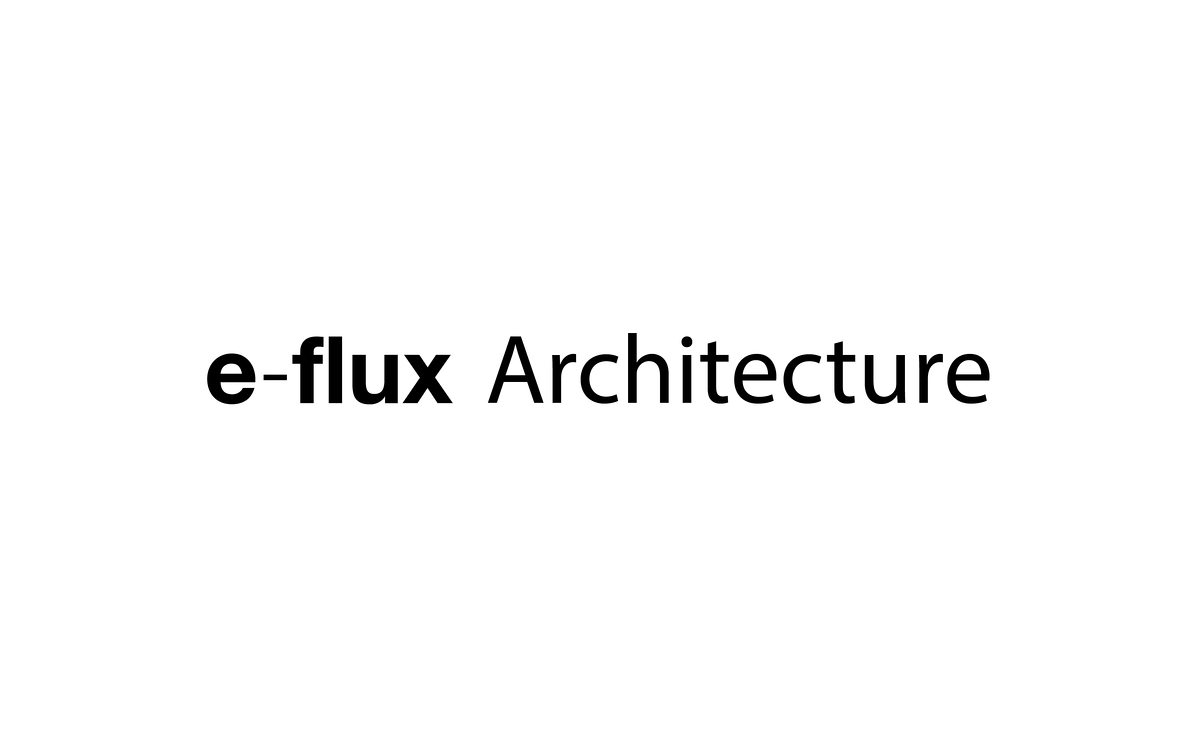


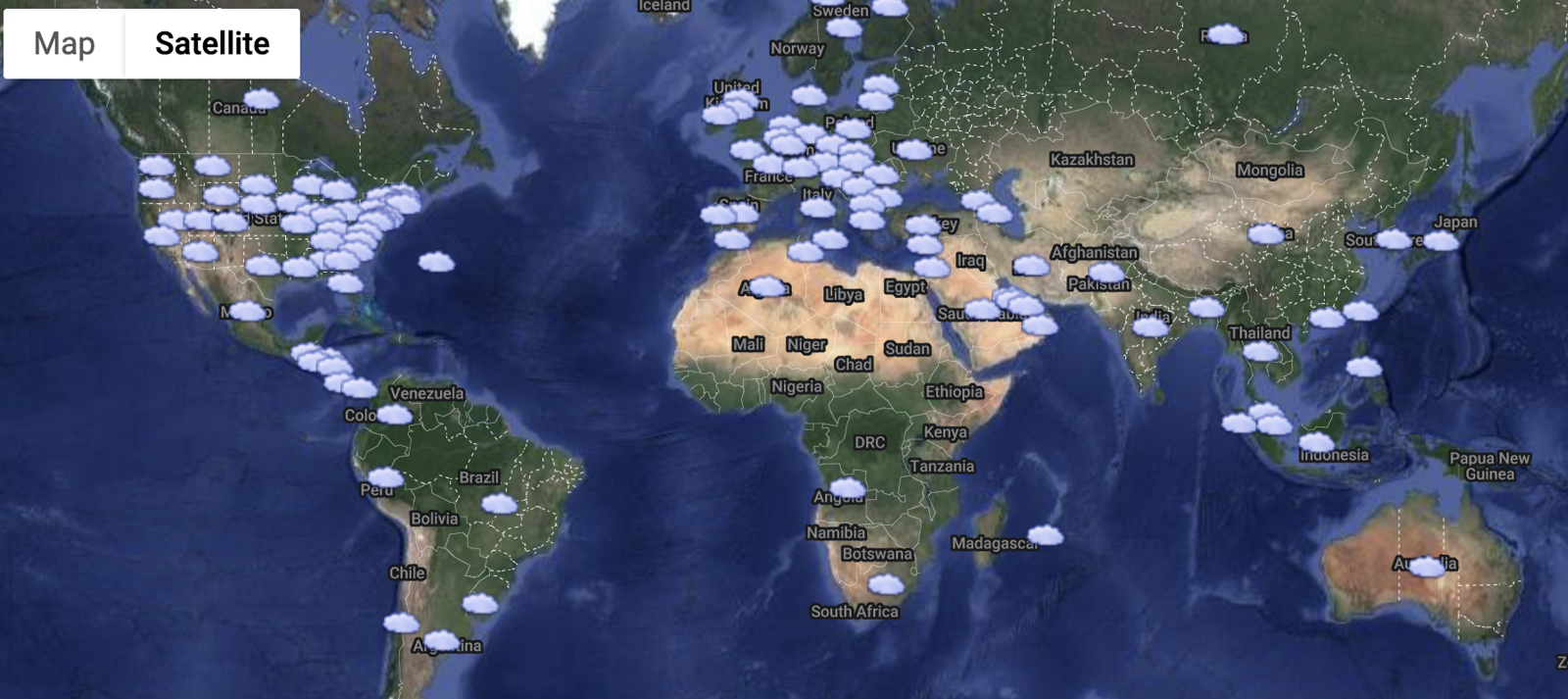

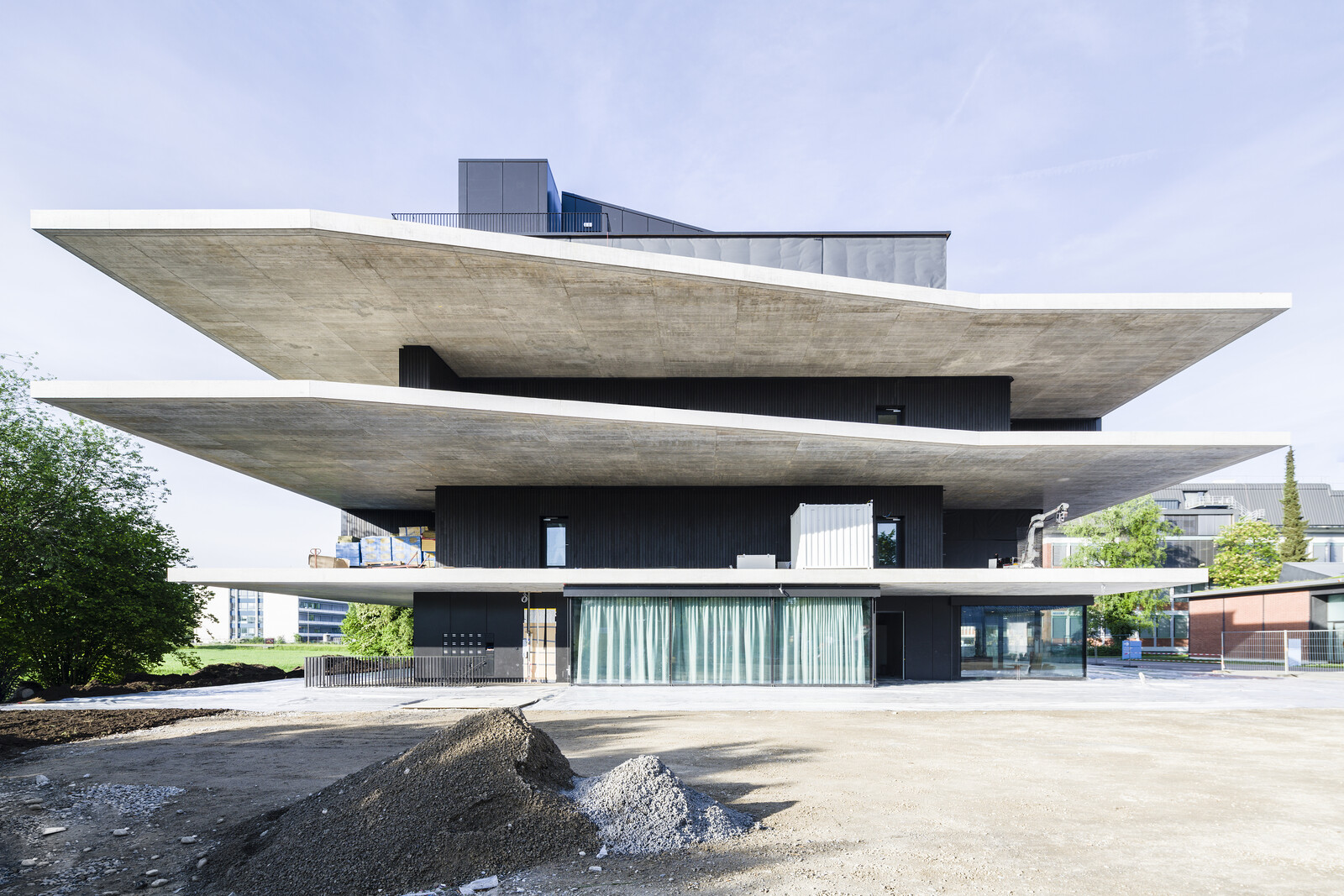
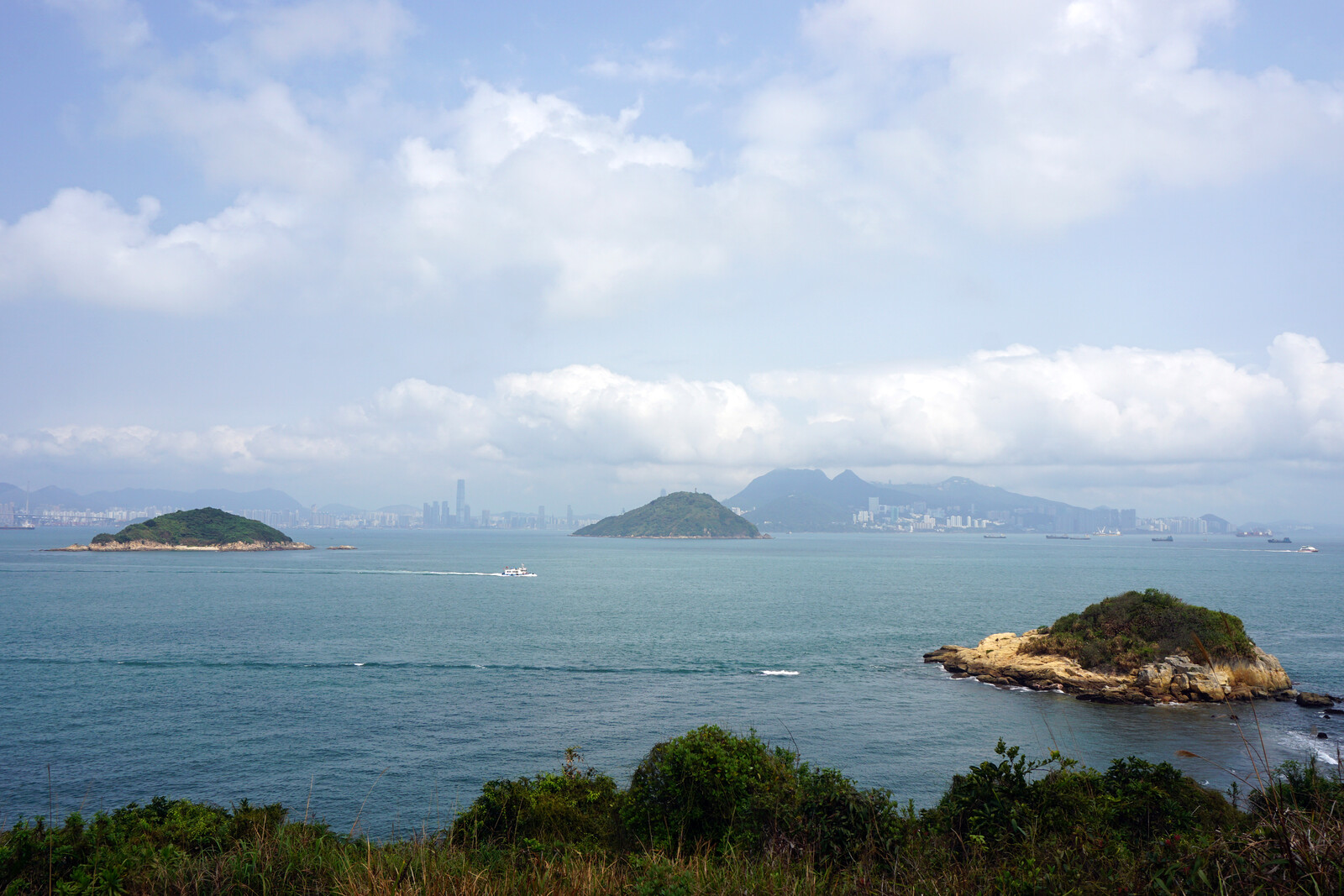
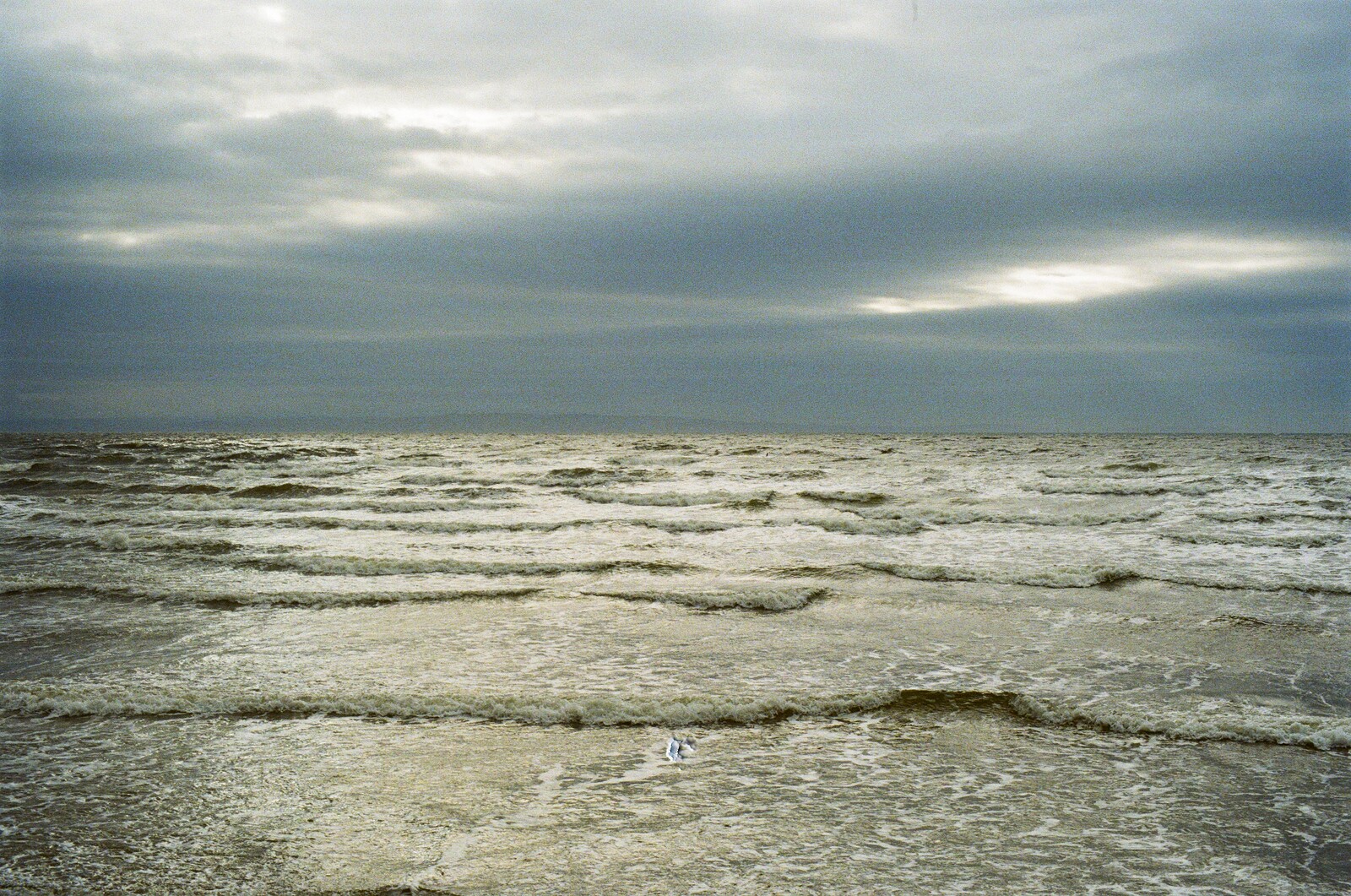
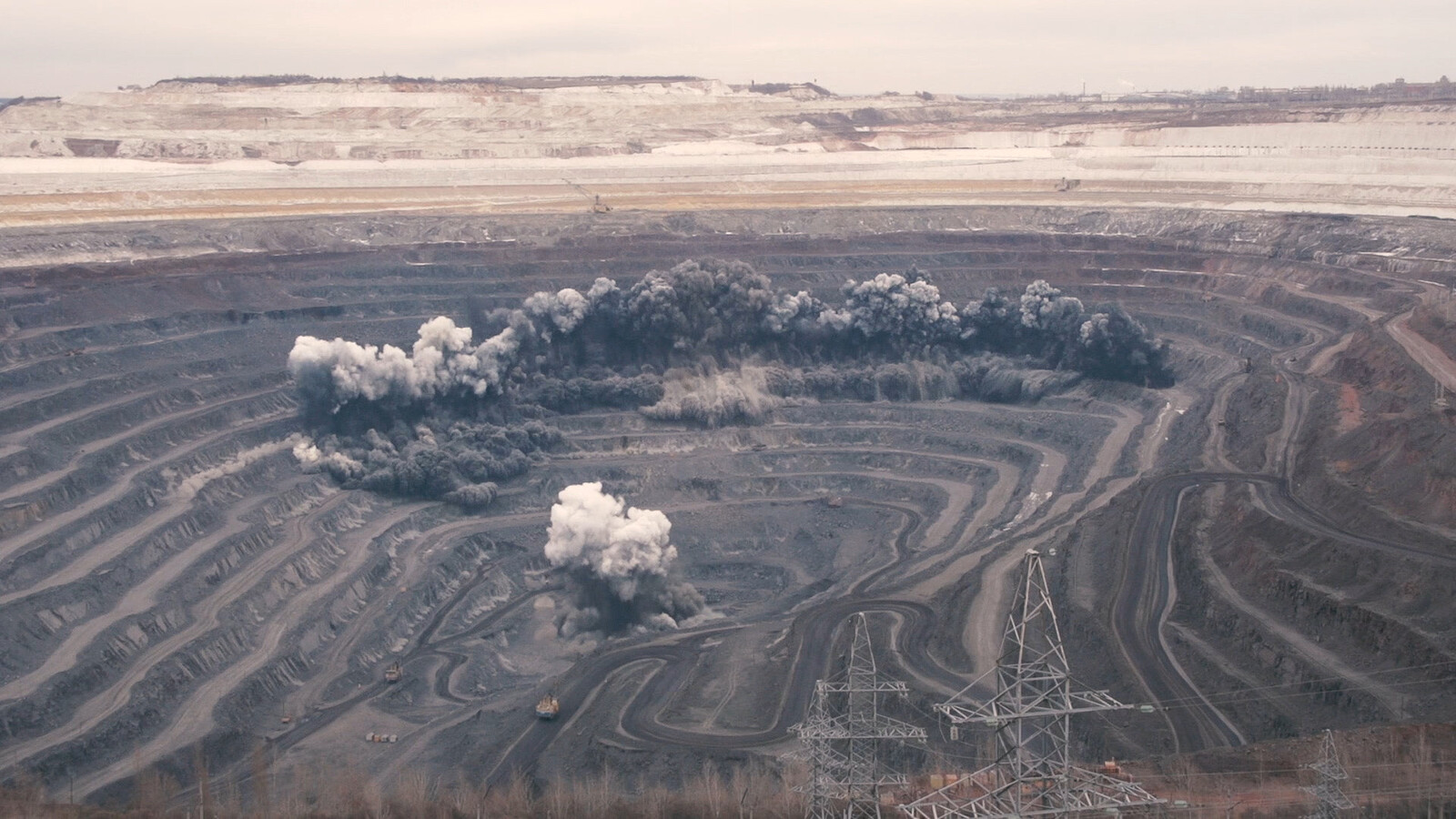
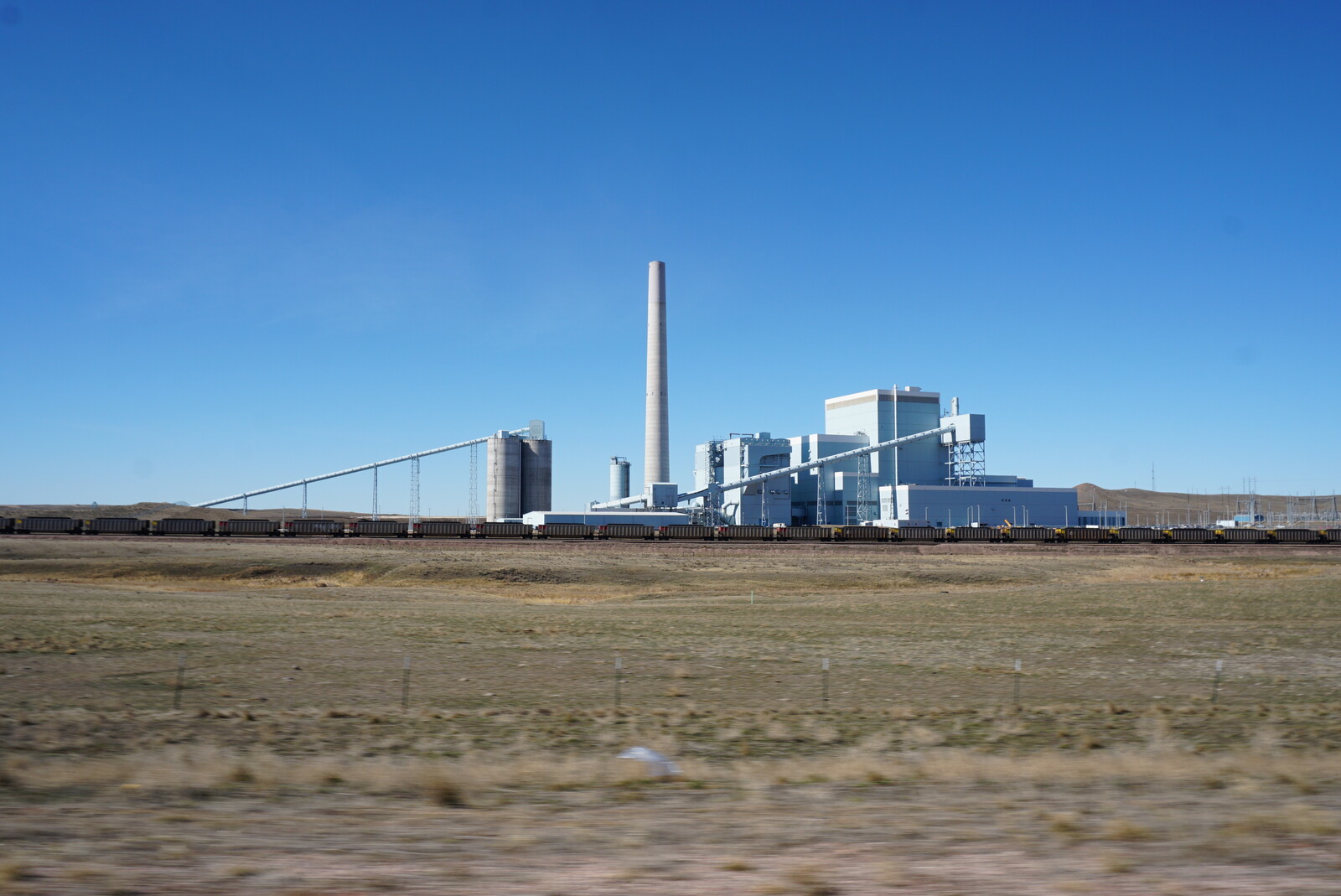


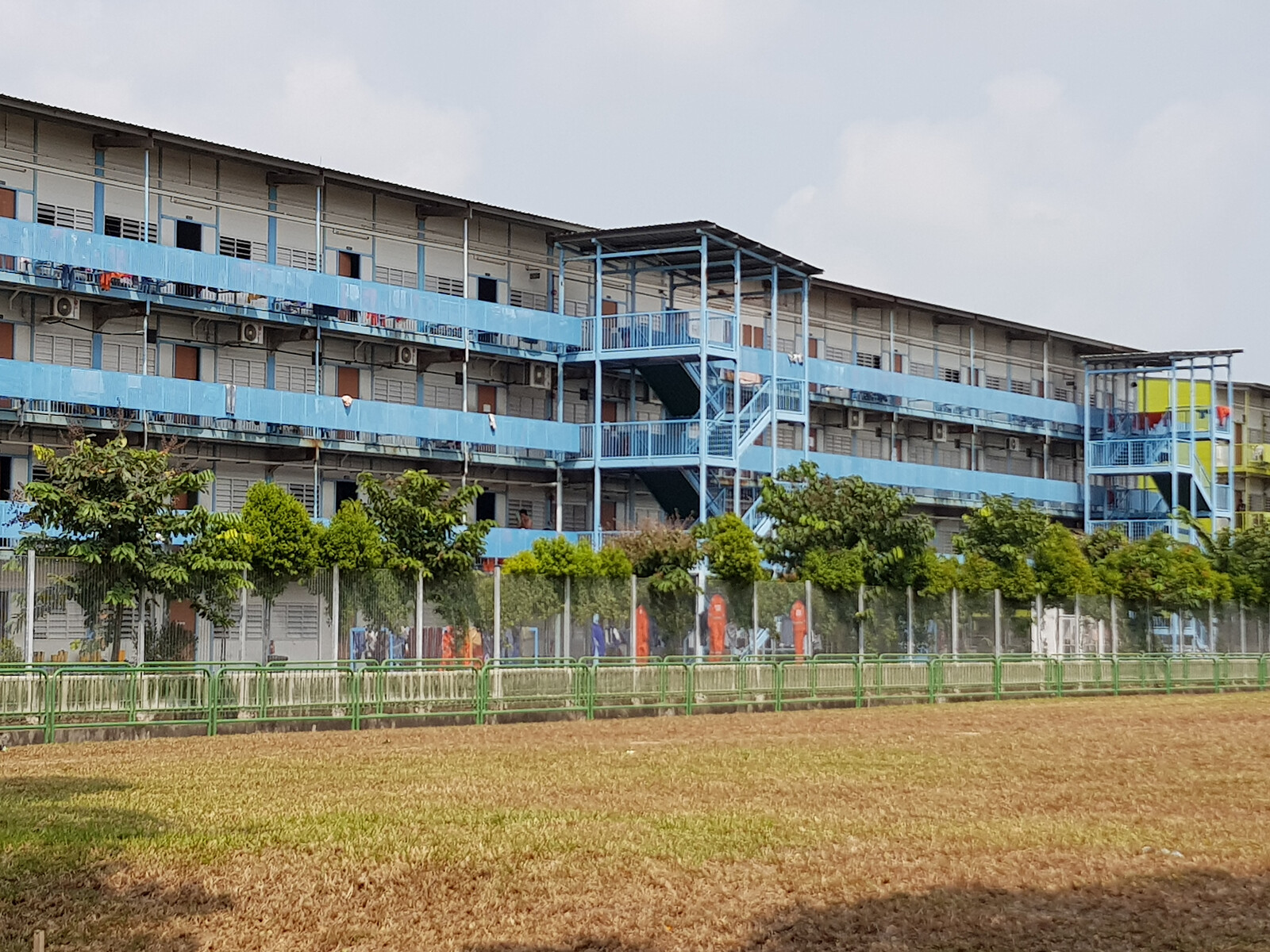

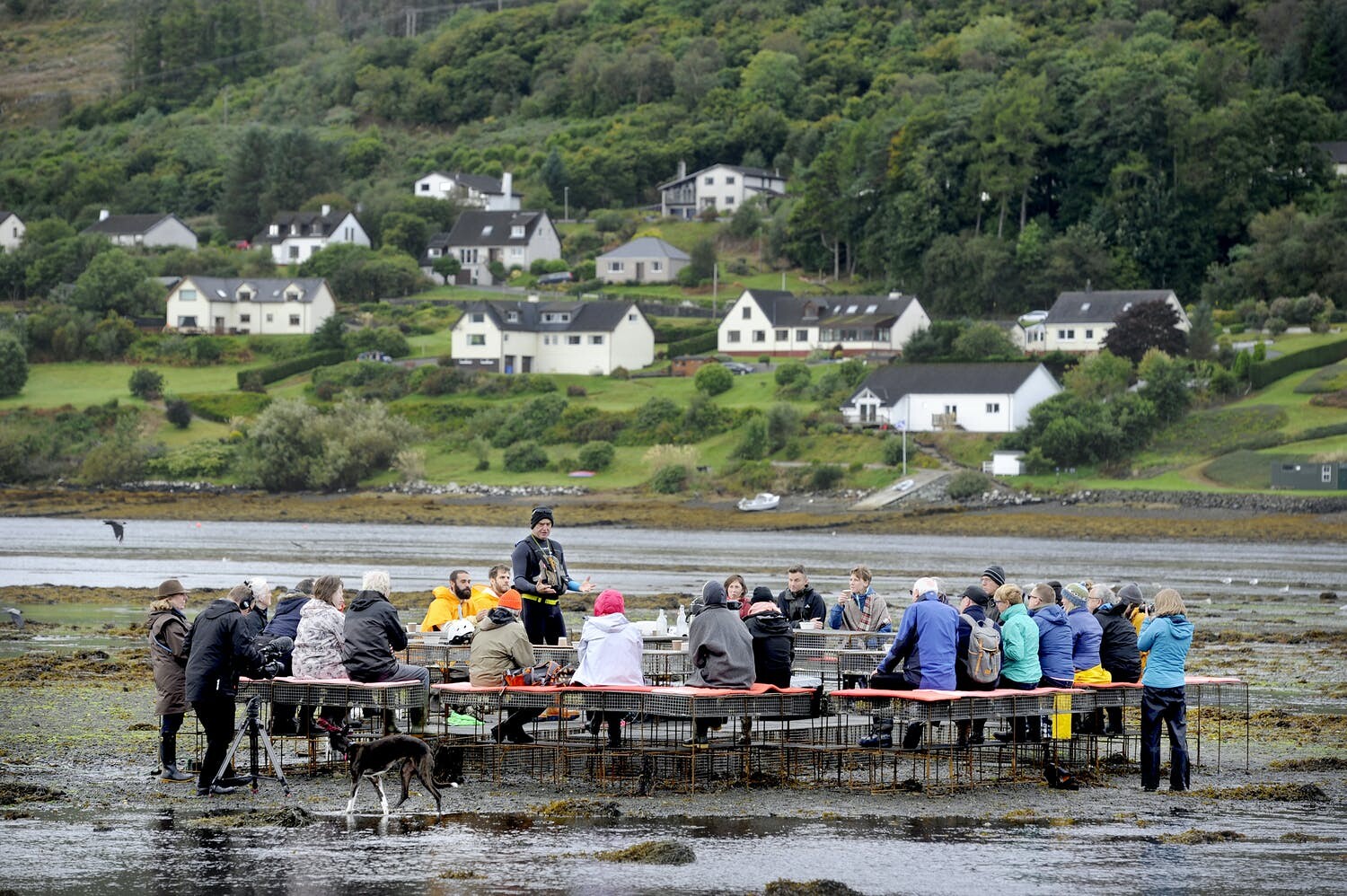

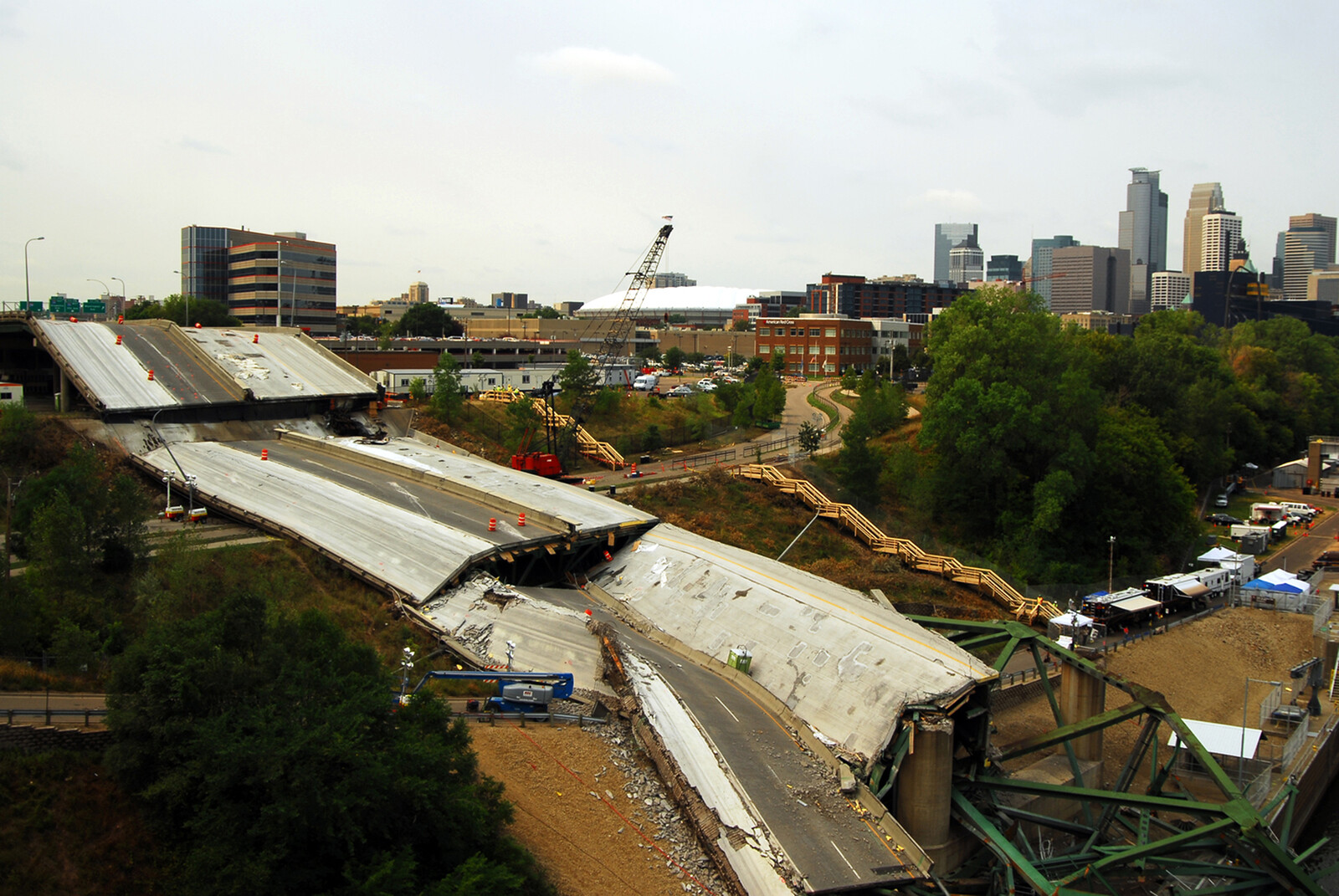

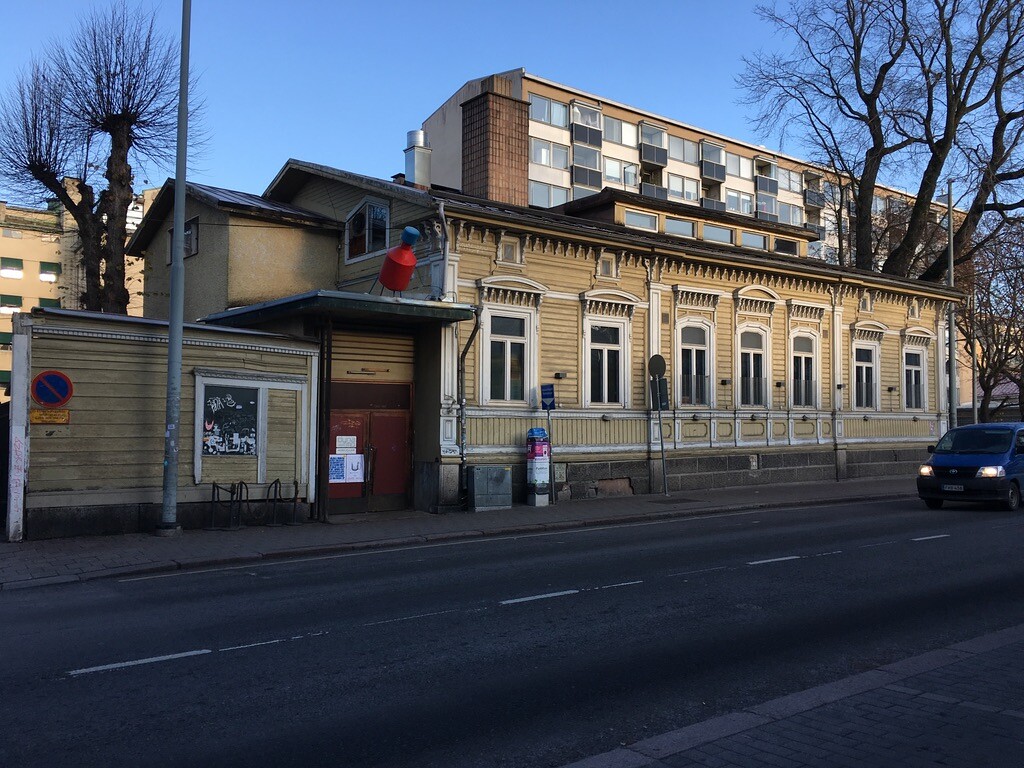

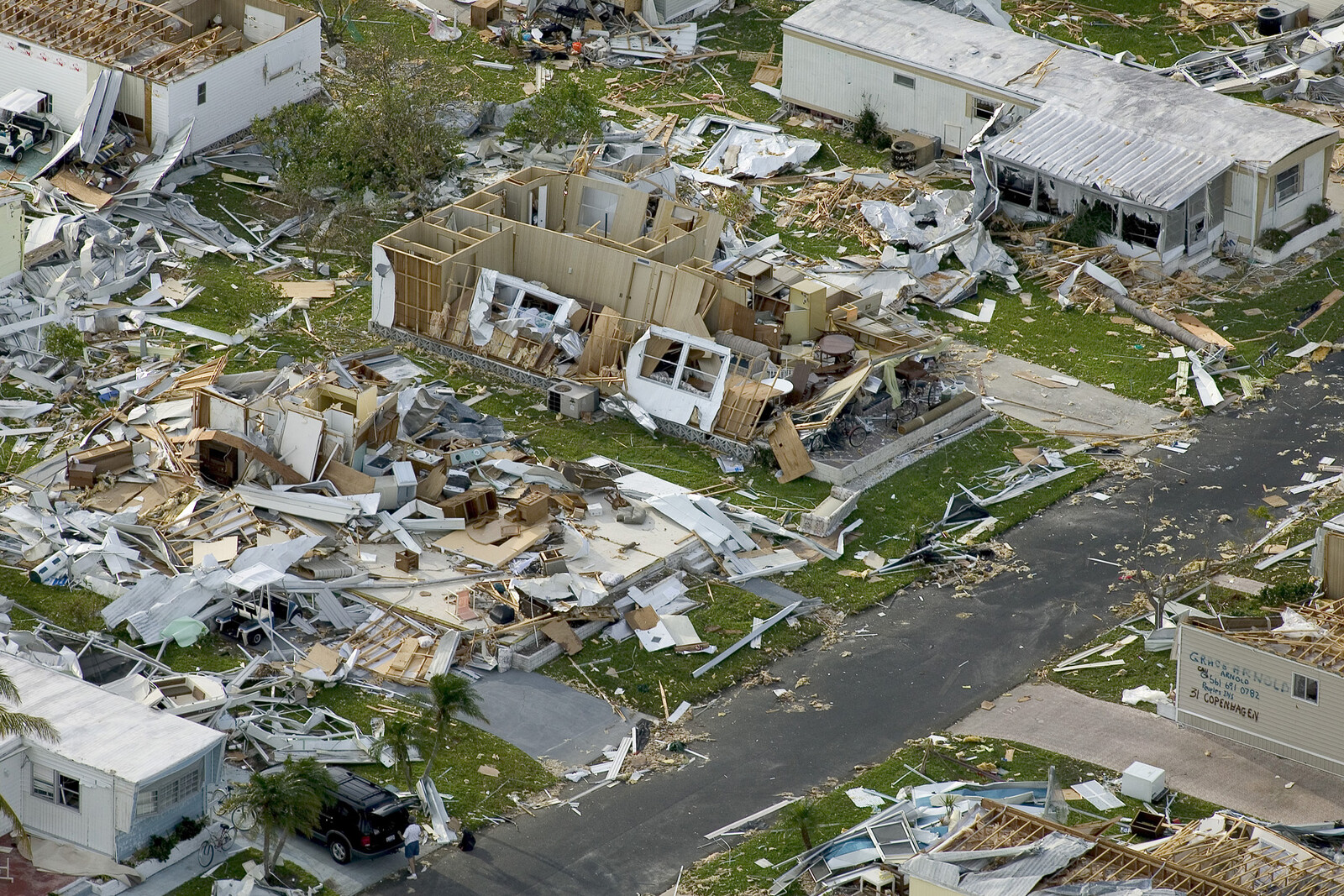


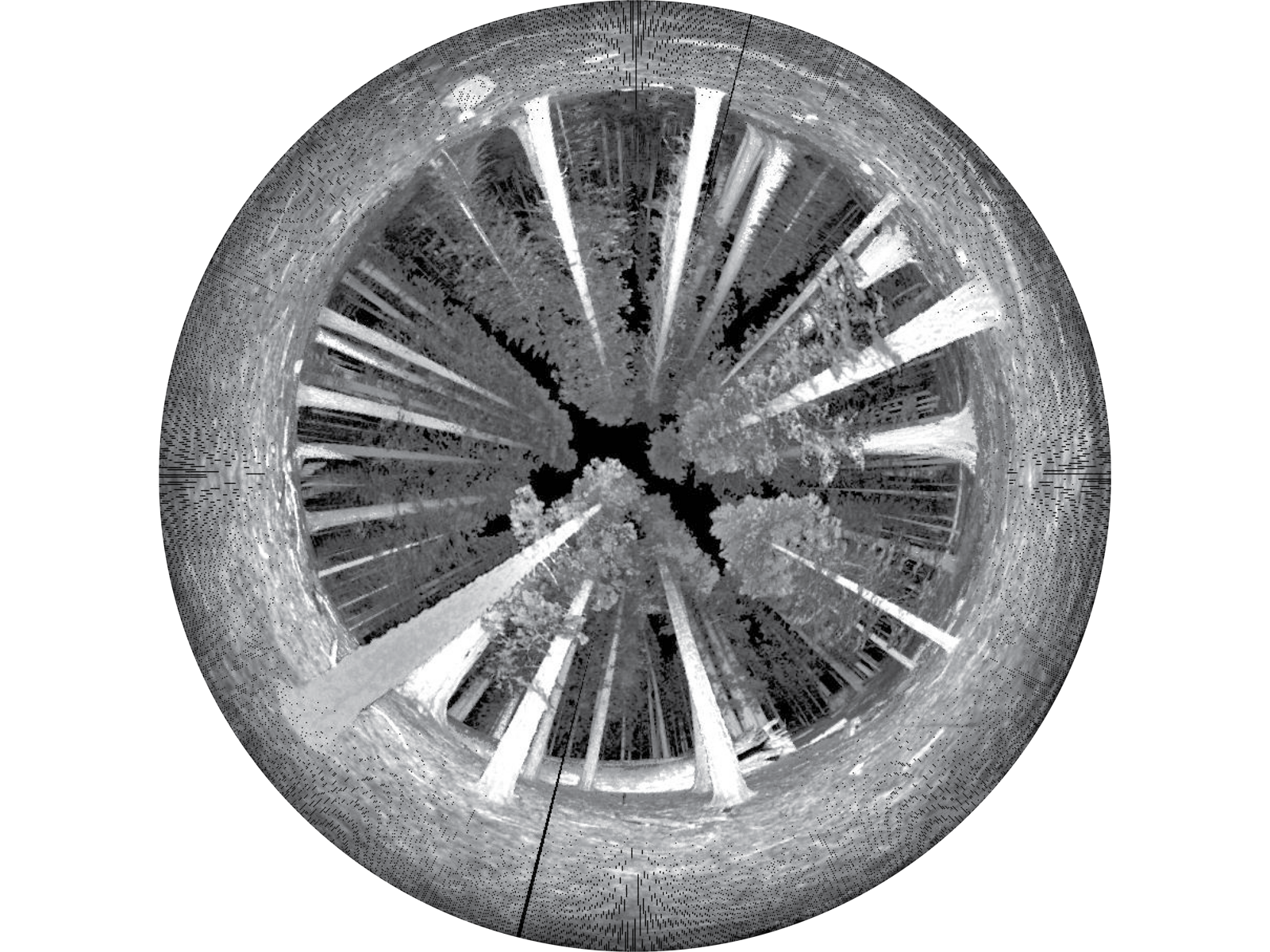

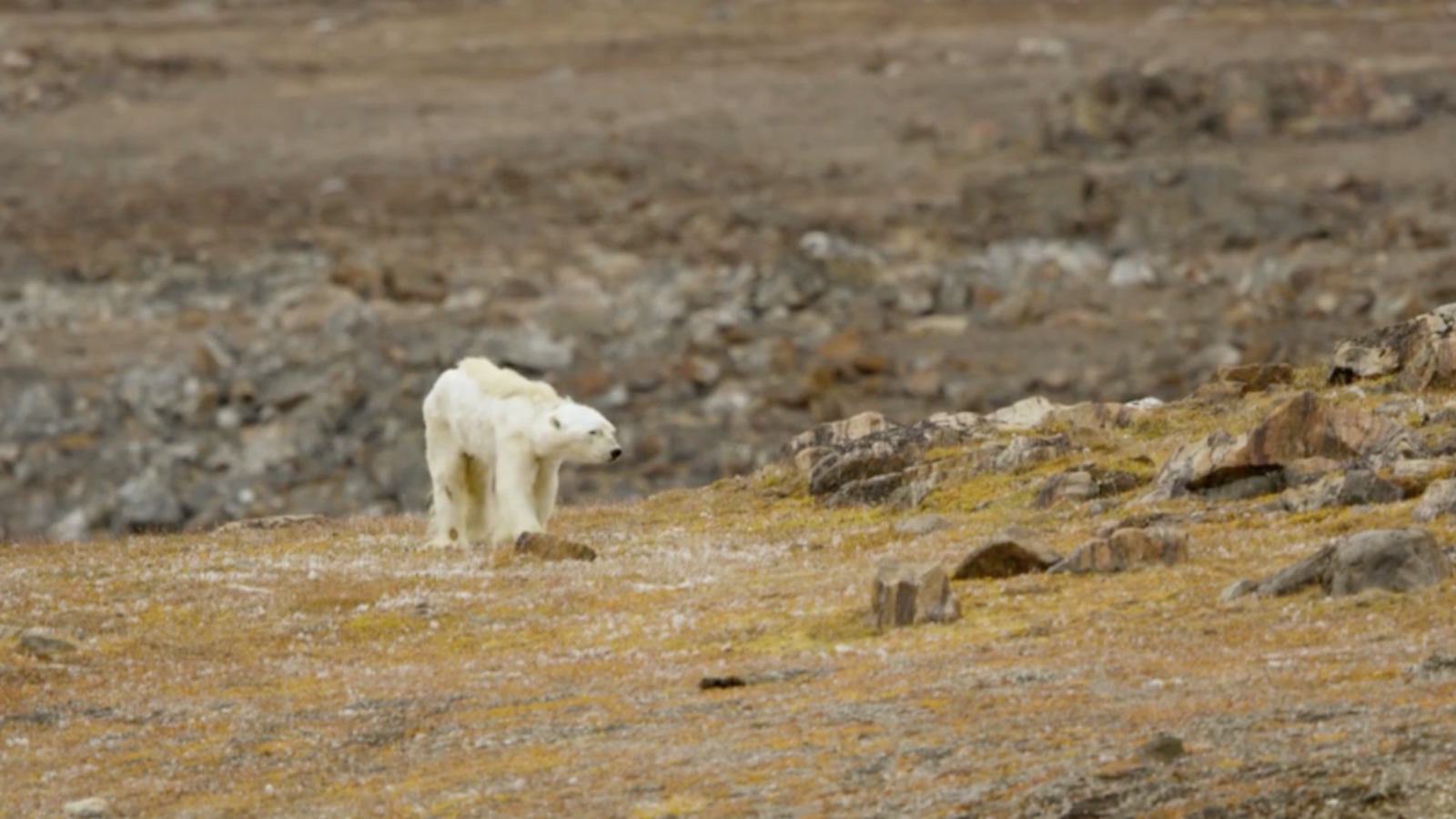
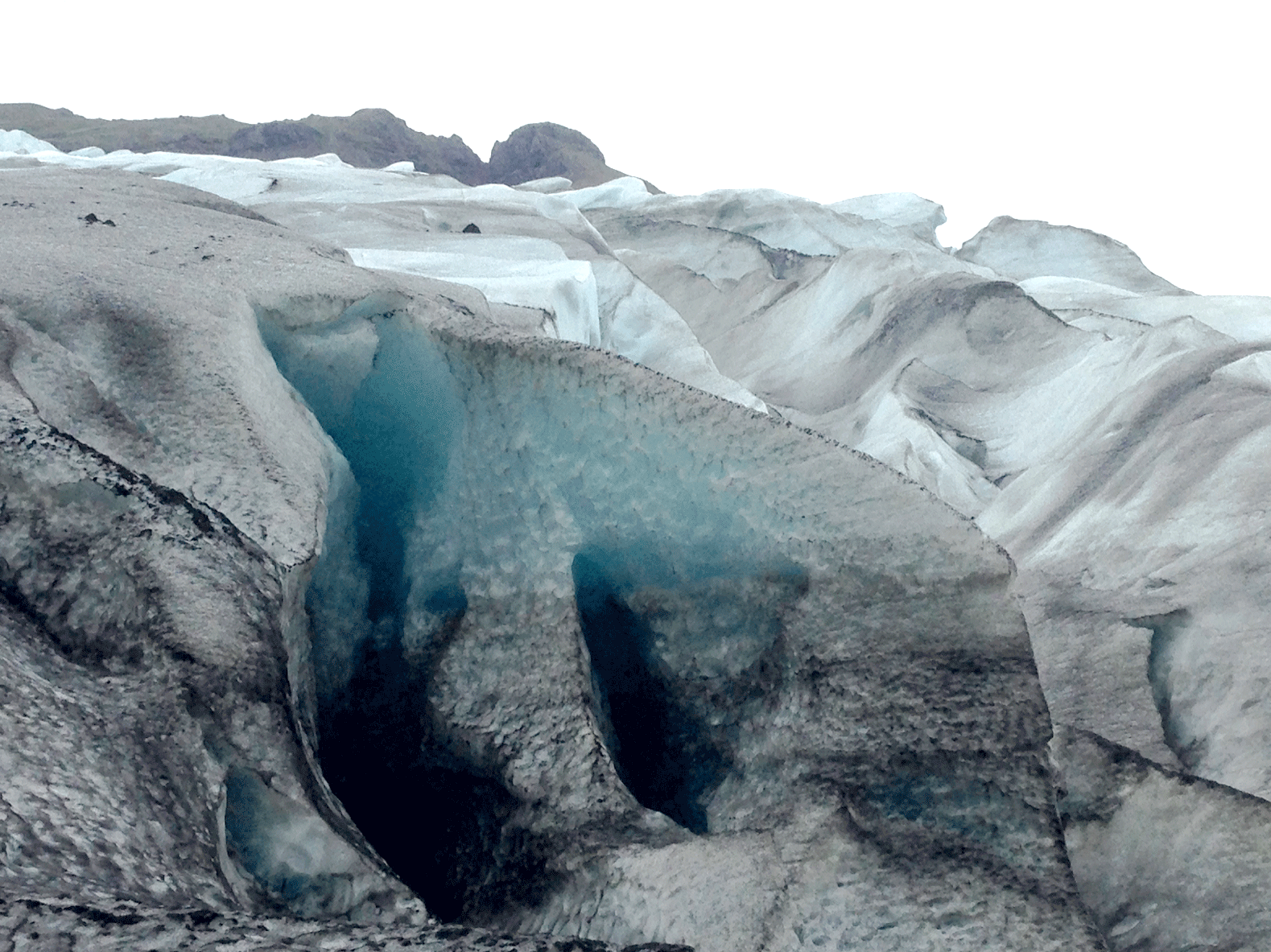

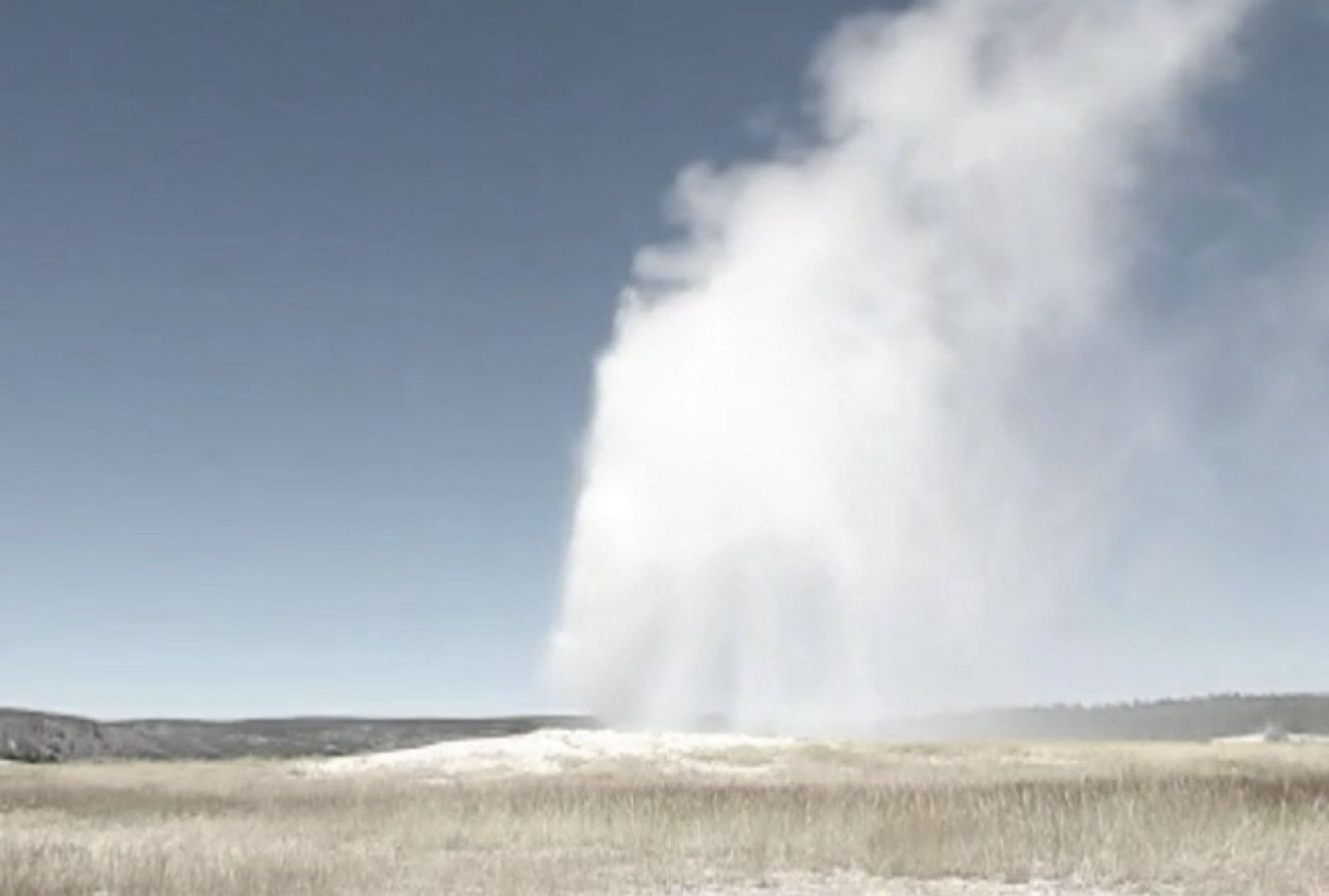

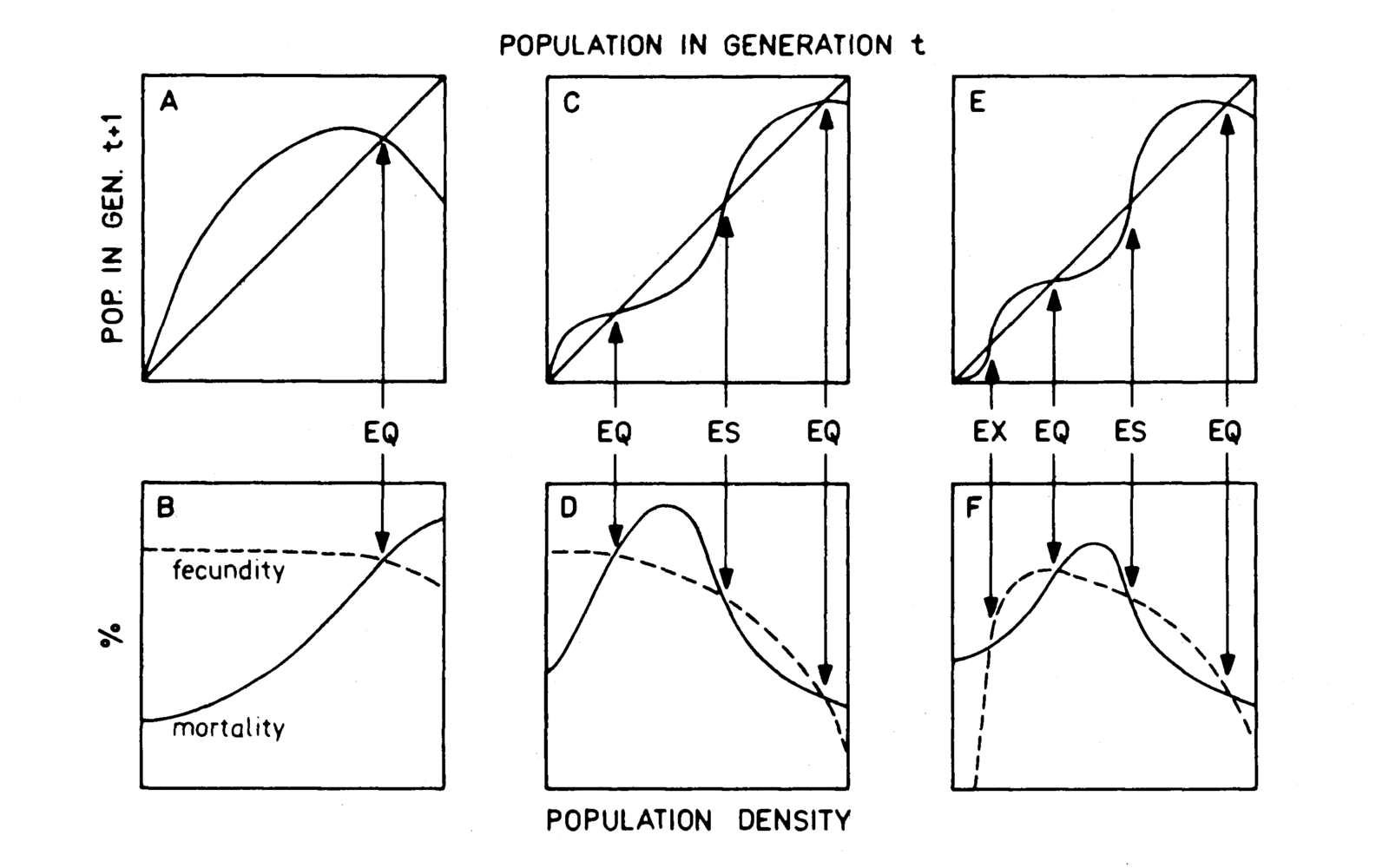

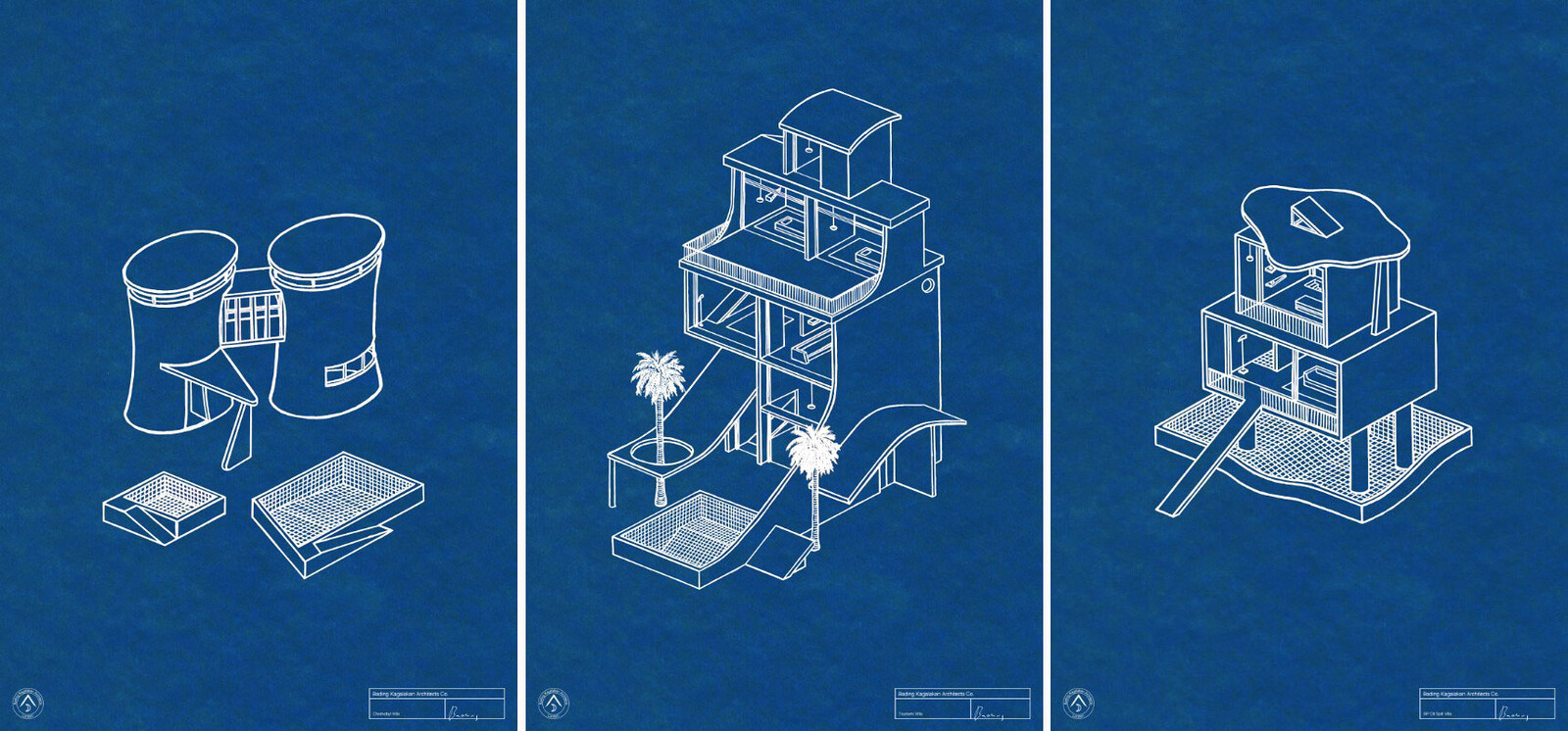
.png,1600)
